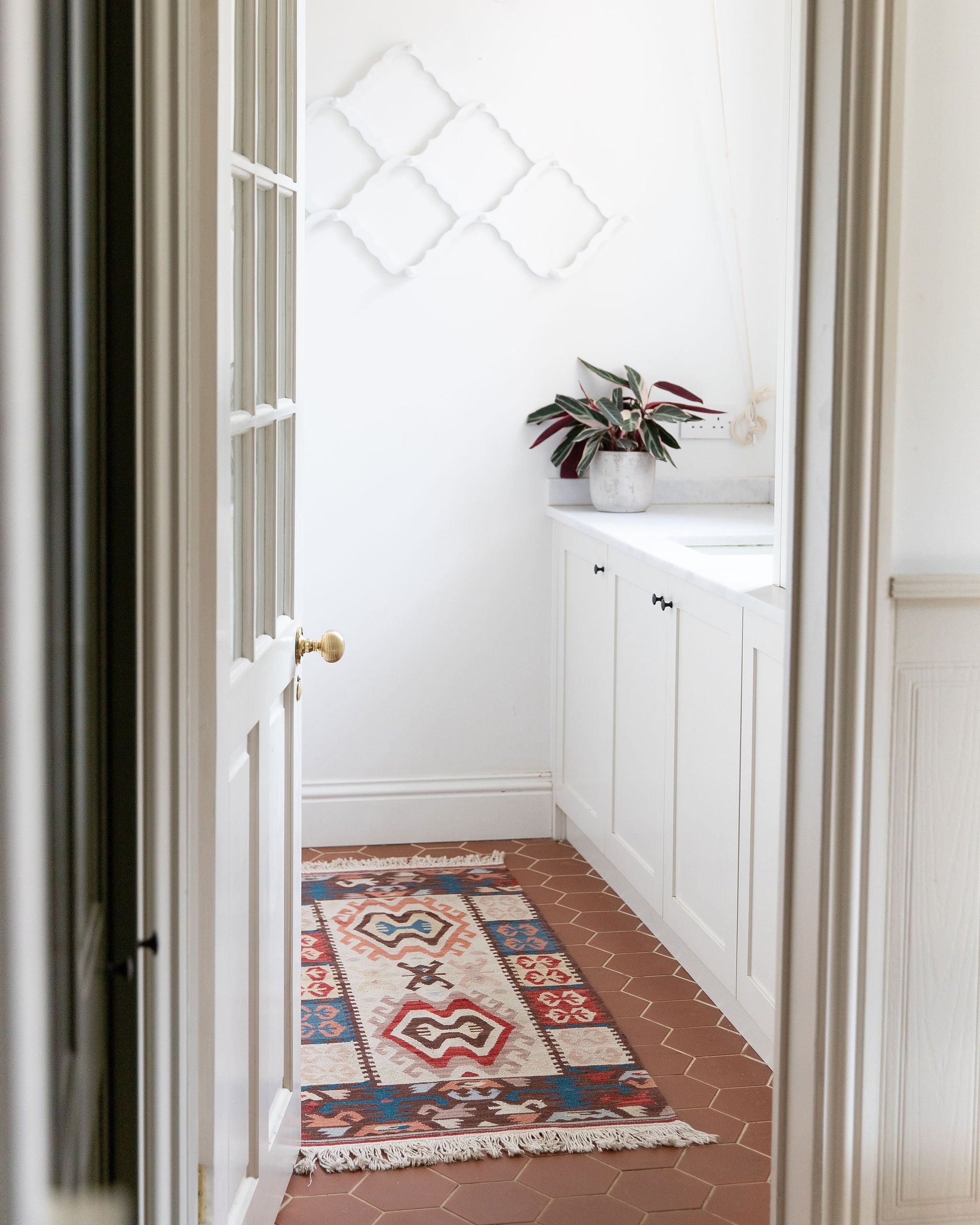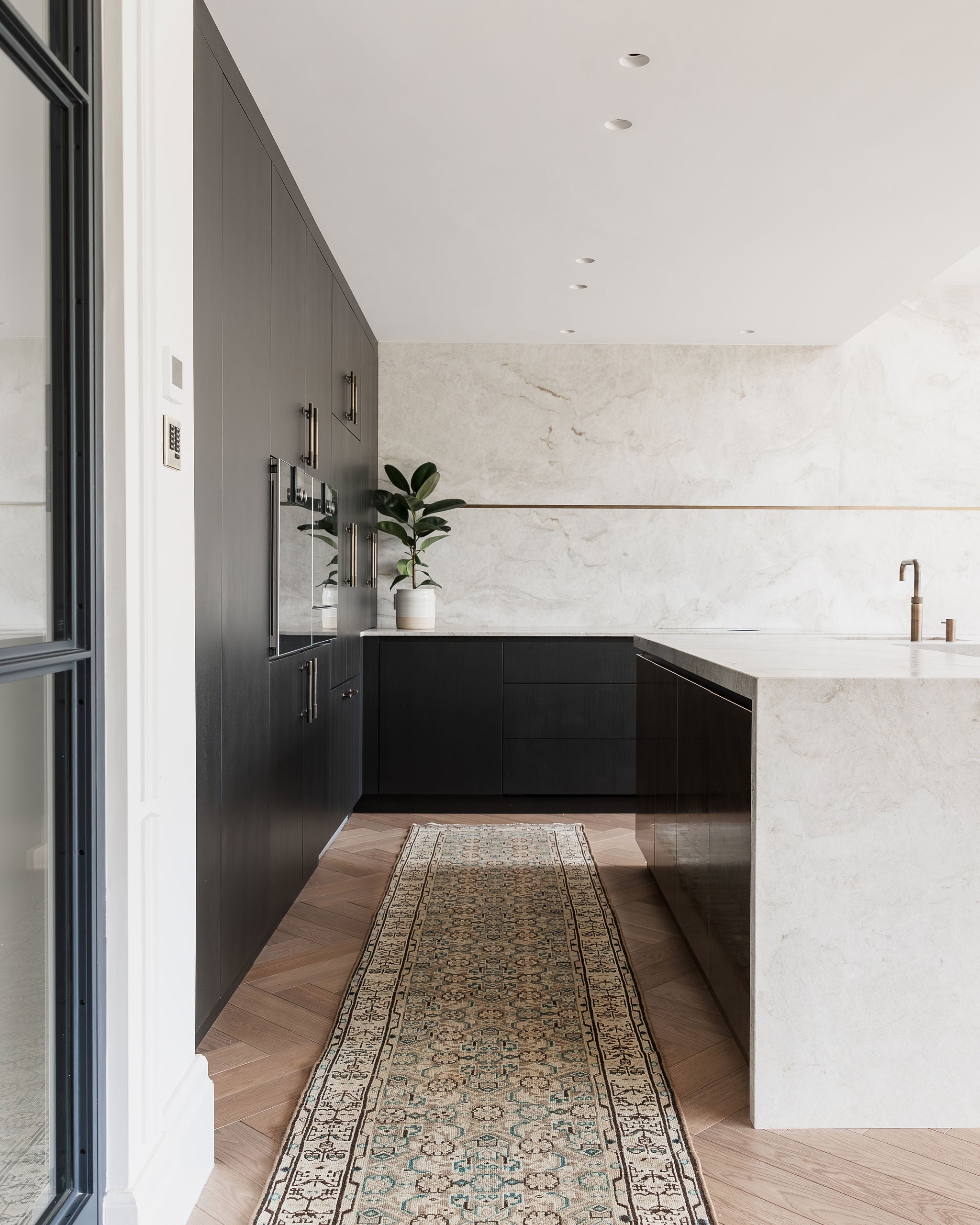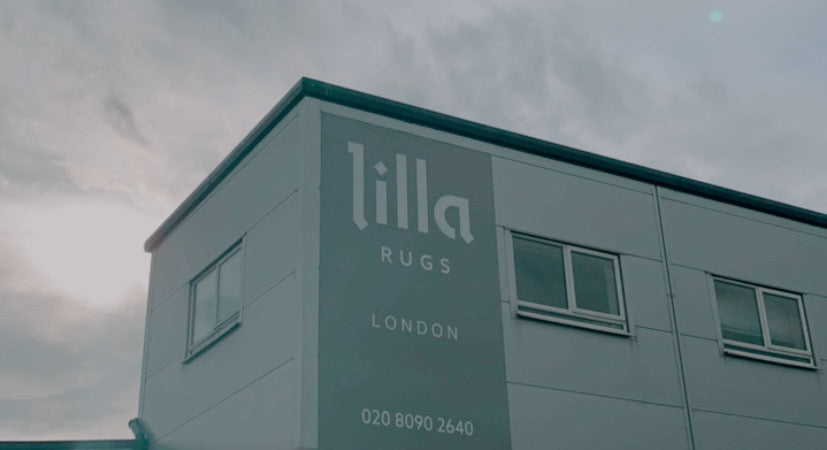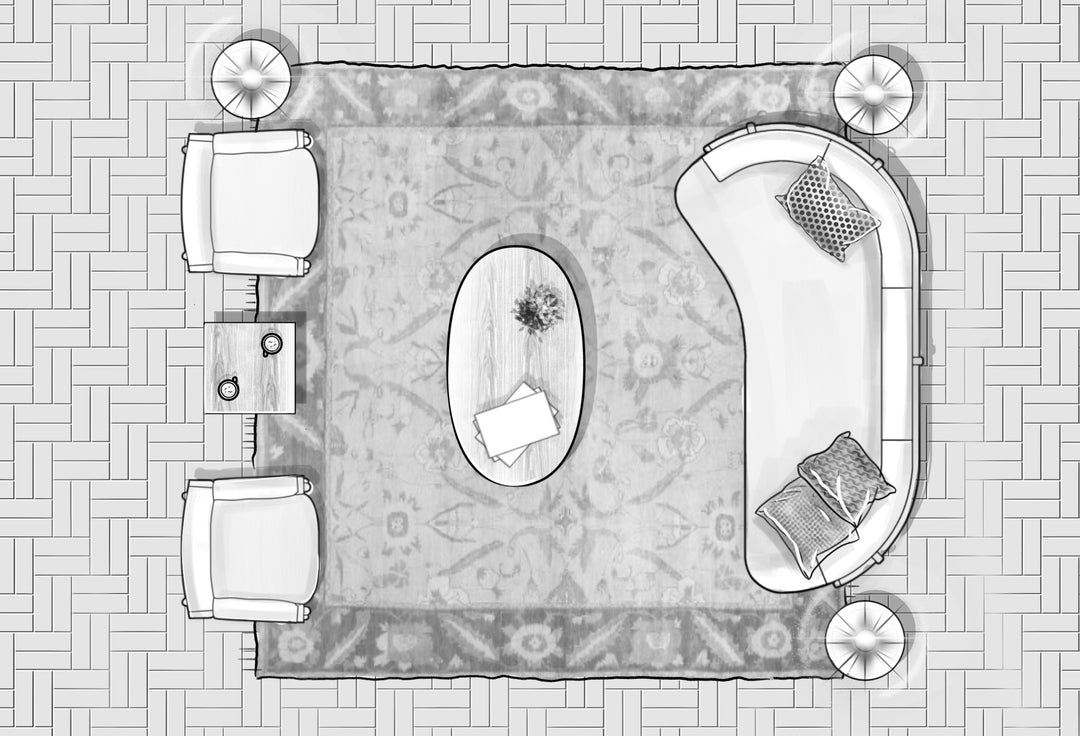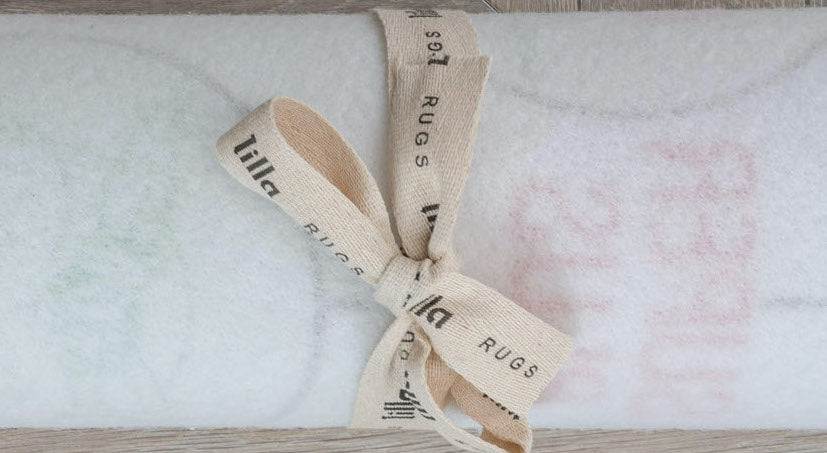Shipping
You can view our full delivery and returns policy here.
We ship worldwide...for FREE!
You will have your order within 1-3 working days. Please get in touch if you need it sooner and we will do our best to accommodate.
Returns and Exchanges
We accept returns and exchanges. You can view our full delivery and returns policy here.
You can either arrange it yourself or get in touch for a returns shipping label to be sent to you. Our courier service would then collect the package from you and return it to the warehouse. Note that your refund would be less shipping fees (average UK order is £20-£30).
FAQ's: The Rugs
From choosing rugs and washing them, to finding out where they come from and if they are a good investment.
The majority of Persian, Afghan and Indian rugs are made from wool and cotton. Some of our most luxury rugs are made from silk, or a combination of silk, wool and cotton. The least expensive (though still excellent quality) rugs are made from 100% wool, which provide brilliant warmth.
The Moroccan Berber Beni Ourain rugs are made from 100% wool.
With such a wide range of rugs available, the choice may seem a little overwhelming at first! All our rugs are unique, and there is certainly an ideal rug available for you! Read our Starter guide to buying a Persian rug to get you started! Alternatively, why not book a visit to our London showroom or get started with our home visit service.
Every Lilla Rug is made entirely by hand, meaning the creator ties each individual knot without machinery. All our rugs our fair trade, so we ensure the workers are well imbursed for their hard work! For this reason, our rugs represent good value for their quality and efforts that have gone into them. The price for a rug does vary depending on the material used. The least expensive Persian rugs are the tribal/ nomadic rugs, made from wool. Indian rugs also offer a cost-effective option. If you’re looking for a great deal, check out our Summer Steals.
Day to day cleaning can be carried out by hand. Any spills should be quickly dealt with by blotting (never rubbing) to remove the liquid as quickly as possible. Never spray a rug with chemicals. If a stain does occur then give a professional a call (contact us and we can put you in touch). Rugs should be lightly vacuumed on a weekly basis, and also occasionally on their underside. For further guidance, read our article: how to clean and repair a Persian rug.
Berber Beni Ourain rugs are traditional Moroccan rugs, woven by the Berber tribes, sourced from the Atlas Mountains in Morocco. Our rugs are hand selected and finished to the highest standards in natural white and ivory tones, with darker intertwined wool patterns. A perfect fit for any room, and most colour schemes.
If you properly look after a Persian rug, it will at the very least maintain it's value and occasionally increase in worth over time. A Persian rug reaches the category of Vintage after 30 years, all the way up until 99 years. It then gains an antique status after 100 years. In general, the older a rug gets, the more likely it is to become rare. Rare rugs have a higher value. Read our blog post on why Persian rugs are expensive.
We stock a range of overdyed rugs. Carefully selected rugs are chosen and undergo a unique process of colour neutralisation. Following this, they are overdyed in exciting new colours. Only naturally dyed carpet made from natural wool fibres can be coloured in this way.
Our rugs are meant for indoor use so ideally shouldn’t be used outside. They are not built to withstand the outside elements. The rain can damage the carpet fibres, or cause watermarks. The sun can cause the colours in your rug to fade.
The art of weaving rugs in Persia (Now known as Iran) originated more than 2,500 years ago. The nomadic tribesmen made rugs to provide protection from the cold and damp on their floors. The skill has been passed through the generations, with new designs developed over time. Read more about the history of Persian rugs here.
Rugs are well known to move when put on carpeted floors. This may seem strange, or confusing… Who’s been moving it? Was it the cat? Probably not. Here’s the science behind it:
The rug moves due to the structure of the fibres in the underlying carpet. When you step on the rug, all the carpet fibres beneath the rug will bend the same way. As the fibres bend, the rug moves with them. The fibres move back when pressure is removed from the rug, but this time (due to no pressure) the rug doesn’t move back with them. Gradually, over time, the rug will shift position within the room.
Rugs don’t directly damage hardwood floors. In fact, most wooden floor manufacturers recommend placing rugs in high traffic areas, to protect the flooring, especially close to doors. The main issues with rugs and hardwood floors are those caused by carpet tape and sun exposure.
Carpet tape can be used to hold rugs in place on carpeted floors, but shouldn’t be used on hardwood floors as they leave a sticky residue behind that is very difficult to remove. If you need something to prevent your rug from slipping, we recommend a good quality underlay, which we source from France. Simply get in touch for more information.
Sunlight causes the colour of a hardwood floor to naturally fade. If a rug is covering part of the floor, this area will be protected from the sun and remain in its original colour. The best way to avoid this is to change the positioning of the rug within the room and cover your windows during the sunniest periods of the day.


